For years, we used watts to figure out how bright a light bulb was, but that’s no longer the case with modern lighting.
Watts measure energy usage, not brightness.
With today’s efficient LED technology, we now use lumens to measure how much light a bulb actually gives off.
Focusing on lumens ensures you get the right brightness without wasting energy.
LEDs, for example, use fewer watts while producing more light, helping you save on energy costs.
To make things easier, use our handy calculator below to convert lumens to watts and find the perfect lighting for your space!
What Are Lumens and Watts?
Lumens are the key to understanding how bright a light source is.
Simply put, lumens measure the amount of visible light emitted by a bulb.
The more lumens a bulb has, the brighter the light.
So, when you’re choosing a light bulb, looking at the lumens helps you pick the right brightness for your needs.
On the other hand, watts measure how much energy a bulb uses, not how bright it is.
For example, traditional incandescent bulbs required a lot of watts to give off decent brightness, but with modern bulbs like LEDs, you can get the same light with much fewer watts, saving energy.
This is where luminous efficacy comes in.
Luminous efficacy measures how efficiently a bulb converts energy into light—how many lumens per watt it produces.
A higher luminous efficacy means the bulb is more efficient, providing more brightness while using less power.
LEDs, with their high luminous efficacy, are great examples of energy-efficient lighting!
Why Lumens Matter More Than Watts
In modern lighting, especially with LED Lights, lumens are far more important than watts.
While watts used to be a rough indicator of brightness with older incandescent bulbs, today’s energy-efficient bulbs like LEDs use much fewer watts to produce the same or even more brightness.
This means you can have a bright, well-lit space while using significantly less energy.
For example, a traditional 60-watt incandescent bulb produces around 800 lumens, but an LED bulb can produce the same 800 lumens using only 9-12 watts!
That’s a huge energy savings.(Source: Energy Star – LED Lighting)
By focusing on lumens when buying bulbs, you’ll get the brightness you need without the high energy consumption, making LEDs a smarter, more eco-friendly choice.
Lumens to Watts Conversion Chart for Different Bulb Types
Understanding the relationship between lumens and watts across different bulb types is key to choosing the right lighting.
Below is a conversion chart that shows how many lumens each type of bulb produces per watt, emphasizing the energy efficiency of LED Lights compared to traditional options like incandescent, halogen, and CFL bulbs.
| Lumens | LED (Watts) | Incandescent (Watts) | Halogen (Watts) | CFL (Watts) | Metal Halide (Watts) |
|---|---|---|---|---|---|
| 100 | 1-2 | 15 | 10 | 3-4 | 10-15 |
| 200 | 2-4 | 25 | 18 | 5-6 | 20-25 |
| 300 | 4-6 | 30 | 25 | 7-8 | 30-35 |
| 400 | 6-8 | 40 | 35 | 8-12 | 40-45 |
| 500 | 8-12 | 50 | 45 | 11-15 | 45-50 |
| 600 | 10-15 | 60 | 55 | 13-18 | 55-60 |
| 700 | 12-17 | 70 | 65 | 15-20 | 65-70 |
| 800 | 13-20 | 75 | 75 | 18-24 | 70-75 |
| 900 | 15-22 | 80 | 85 | 20-28 | 80-85 |
| 1,000 | 16-25 | 90 | 95 | 22-30 | 90-95 |
| 1,200 | 18-30 | 100 | 115 | 25-35 | 100-110 |
| 1,400 | 20-35 | 115 | 135 | 28-40 | 115-125 |
| 1,600 | 22-40 | 130 | 155 | 32-45 | 130-140 |
| 1,800 | 25-45 | 145 | 175 | 35-50 | 145-155 |
| 2,000 | 27-50 | 160 | 195 | 38-55 | 160-170 |
| 3,000 | 40-75 | 240 | 295 | 55-80 | 240-260 |
| 4,000 | 53-100 | 320 | 395 | 75-105 | 320-340 |
| 5,000 | 65-125 | 400 | 495 | 90-130 | 400-420 |
| 6,000 | 78-150 | 480 | 595 | 105-155 | 480-500 |
| 10,000 | 130-250 | 800 | 990 | 175-255 | 800-830 |
As you can see, LED bulbs require far fewer watts to produce the same brightness as incandescent, halogen, or CFL bulbs.
This is because LEDs have a higher luminous efficacy, meaning they convert more energy into light rather than heat.
Formula for Lumens to Watts Conversion
To calculate how many watts are needed for a certain number of lumens, use this simple formula:
Watts = Lumens / Luminous Efficacy (lm/W)
For example, if an LED bulb provides 900 lumens and has a luminous efficacy of 100 lumens per watt (lm/W), it uses only 9 watts of power.
By using this formula, you can easily determine the most energy-efficient option for your lighting needs.
Luminous Efficacy
Luminous efficacy measures how efficiently a bulb converts energy into light, expressed as lumens per watt (lm/W).
The higher the luminous efficacy, the more light a bulb produces for each watt of energy it consumes, making it more energy-efficient.
Different bulb types have varying levels of efficacy, and this greatly impacts how much energy they use to produce the same amount of brightness.
Here’s how luminous efficacy compares across common bulb types:
| Bulb Type | Luminous Efficacy (lm/W) |
|---|---|
| Incandescent | 12-18 lm/W |
| Halogen | 16-24 lm/W |
| CFL (Compact Fluorescent) | 45-75 lm/W |
| LED (Light Emitting Diode) | 80-100 lm/W |
| Metal Halide | 75-100 lm/W |
| High Pressure Sodium | 85-150 lm/W |
As you can see, LED bulbs have significantly higher luminous efficacy compared to traditional incandescent or halogen bulbs.
This means they produce more light while using less energy, leading to substantial savings on your electricity bill.
By choosing bulbs with higher luminous efficacy, like LEDs, you can reduce your energy consumption and costs while maintaining the same level of brightness.
Choosing the Right LED Bulb: Factors to Consider
When selecting an LED bulb, it’s important to consider the specific needs of your space and the kind of lighting you want.
Here are some key factors to help you choose the right bulb:
Task Lighting vs. Ambient Lighting
- Task Lighting: For areas where you need focused, bright light—like kitchens, workspaces, or home offices—look for LED bulbs with higher lumens (800-1100 lumens or more). These bulbs provide clear, strong lighting for detailed activities.
- Ambient Lighting: In living rooms, bedrooms, or other relaxing spaces, lower lumen bulbs (400-800 lumens) are ideal to create a softer, cozier atmosphere. Ambient lighting helps set the mood without overwhelming the space with too much brightness.
- Outdoor Lighting: When choosing outdoor lighting, consider the purpose. For pathway lighting, fewer lumens are required (200-500), while security lighting may need more (700-1500 lumens) to ensure clear visibility.
Dimmable LEDs
Dimmable LED lights offer flexibility by allowing you to adjust the brightness to suit different tasks or moods.
You can lower the light for a relaxed ambiance or increase it when more visibility is needed.
Make sure to pair dimmable LEDs with compatible dimmer switches to get the best performance. (Source: Lutron -Dimming Basics)
CRI (Color Rendering Index)
The Color Rendering Index (CRI) measures how accurately a light source displays colors compared to natural light.(Source: Vorlane- What is CRI?)
High-CRI bulbs (80-90 CRI or above) ensure that colors appear true and vibrant, making them essential for residential spaces like kitchens and bathrooms.
For spaces where color accuracy is critical, such as art studios or vanity lighting, opt for bulbs with a CRI of 90 or higher for the best color representation.

How to Read Modern Light Bulb Labels
Modern LED bulbs come with Lighting Facts labels that provide key information to help you make the best choice.
Here’s a quick guide to understanding what’s on the label:
- Lumens: This is the brightness of the bulb. The higher the lumens, the brighter the light.
- Estimated Yearly Cost: This shows how much you can expect to pay annually based on average use.
- Bulb Life: The expected lifespan of the bulb, often measured in years based on daily use.
- Energy Used (Watts): The amount of energy the bulb consumes, which helps compare energy efficiency.
Energy Savings with LEDs
Switching to LED bulbs can significantly reduce both your energy use and carbon footprint.
LEDs use about 75% less energy than traditional incandescent bulbs, meaning you get the same brightness while cutting down on electricity consumption.
This translates directly into lower energy bills.
For example, replacing a 60-watt incandescent bulb with an LED that uses only 9 watts for the same brightness can lead to substantial savings over time.
With incandescent bulbs being phased out by new regulations, more people are turning to LEDs as the energy-efficient, cost-saving alternative.
Additionally, LEDs last much longer than traditional bulbs.
Most LED bulbs have a lifespan of 25,000 hours or more, compared to the 1,000 hours typical of incandescents.
This means fewer replacements, less waste, and even more savings in the long run.
By making the switch, you’re not just cutting costs but also reducing your environmental impact.

Lumens and Color Temperature
When choosing LED bulbs, it’s important to consider color temperature, which is measured on the Kelvin (K) scale.
Color temperature affects the ambiance of your space—whether you want a warm, cozy feel or a bright, energizing atmosphere.
Warm Light (2700K-3000K): This light mimics traditional incandescent bulbs and creates a soft, yellowish glow. It’s perfect for living rooms, bedrooms, and dining areas where you want a relaxed, inviting atmosphere.
Daylight (5000K+): Bright and crisp, this light is closer to natural daylight. It works well for task-oriented spaces like kitchens, offices, and bathrooms where clarity and focus are essential.
FAQs: Common Questions About Lumens and Watts
How bright is 100 lumens in watts?
100 lumens is the measure of brightness, not power consumption. If you’re using LED bulbs, 100 lumens typically requires around 1-2 watts. For incandescent bulbs, it would take about 15 watts to produce the same 100 lumens of light.
How many lumens is a 60-watt bulb?
A traditional 60-watt incandescent bulb produces around 800 lumens of light. However, an LED bulb can achieve the same 800 lumens while only using 9-12 watts, making it far more energy-efficient.
How many watts is 1000 lumens LED?
For LED bulbs, producing 1000 lumens typically requires around 10-15 watts, depending on the bulb’s efficiency. This is much lower than incandescent bulbs, which would require about 75 watts to generate the same brightness.
How many lumens are in a watt?
The number of lumens per watt varies based on the type of bulb and its efficiency. For example:
- Incandescent bulbs produce around 12-18 lumens per watt.
- LED bulbs are much more efficient, providing 80-100 lumens per watt, or even more in some cases.
Conclusion
In summary, understanding lumens and watts helps you choose energy-efficient lighting.
By focusing on lumens for brightness and opting for LED bulbs, you can reduce energy consumption, lower costs, and enjoy long-lasting performance with minimal replacements.
Ready to upgrade your lighting?
Switch to LEDs today for better efficiency, lower bills, and eco-friendly choices.
Take advantage of energy savings while brightening up your home or workspace!


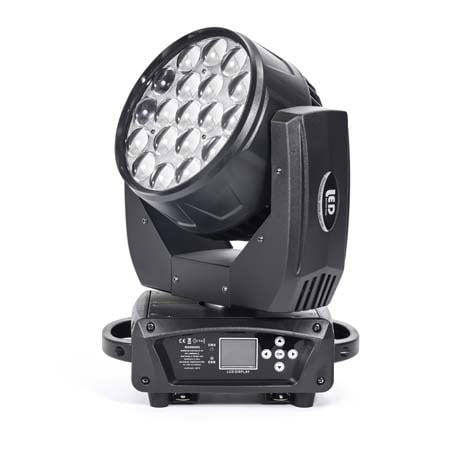






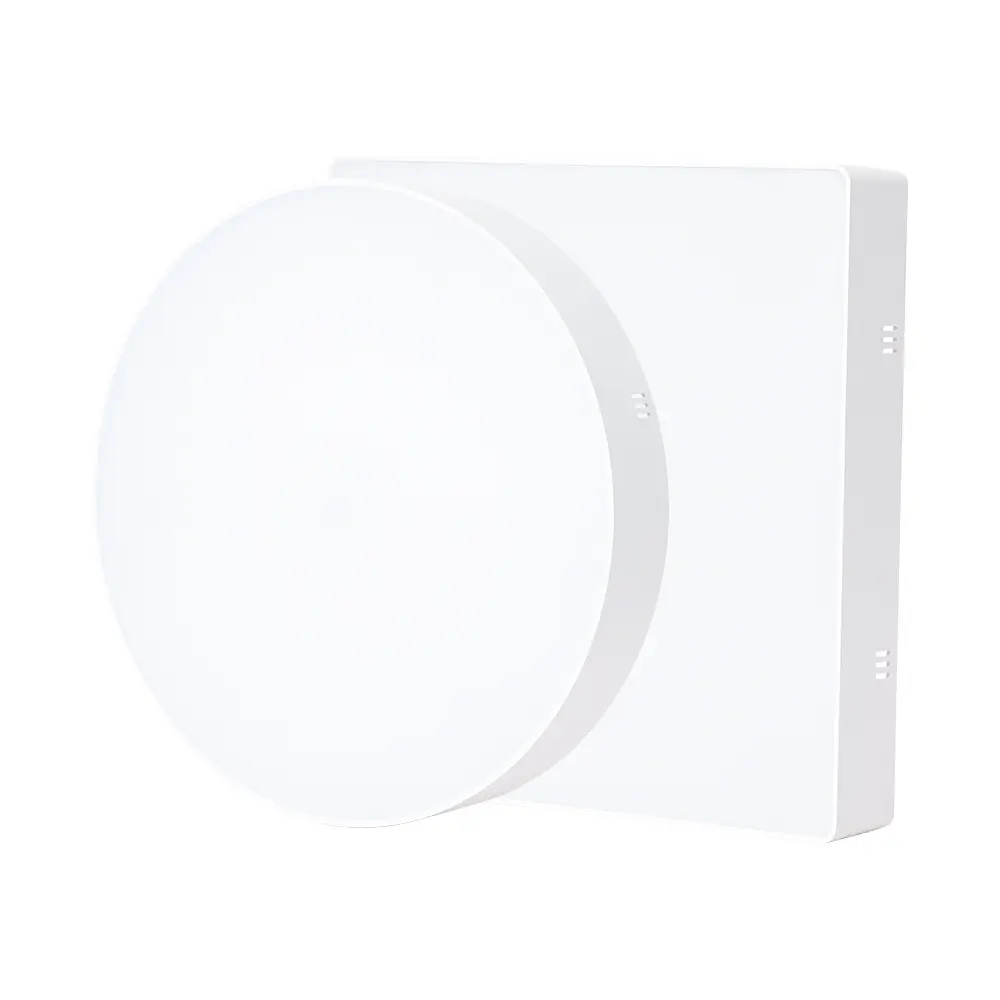

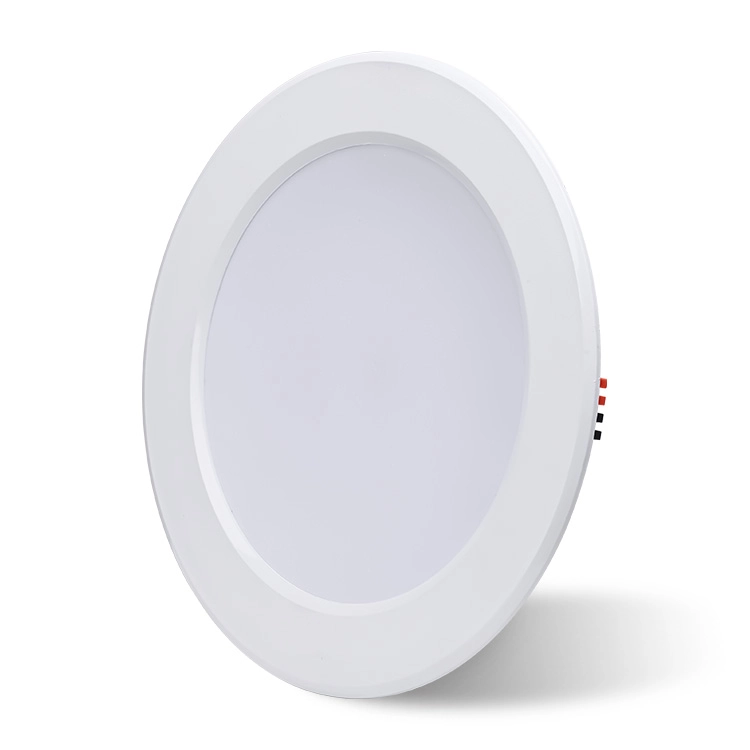
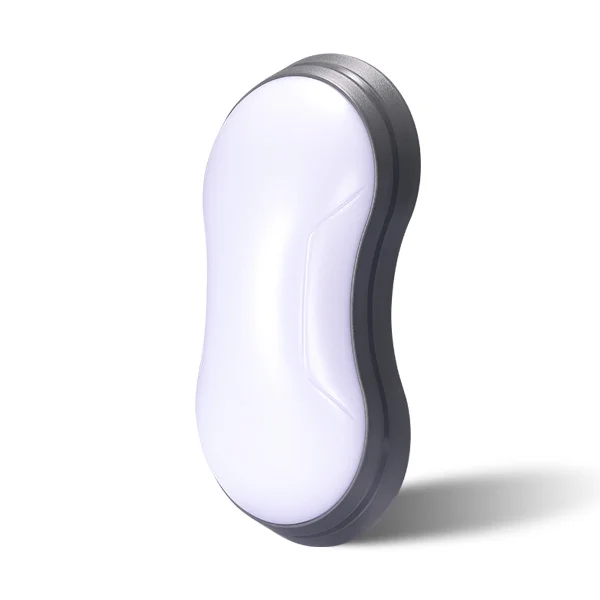

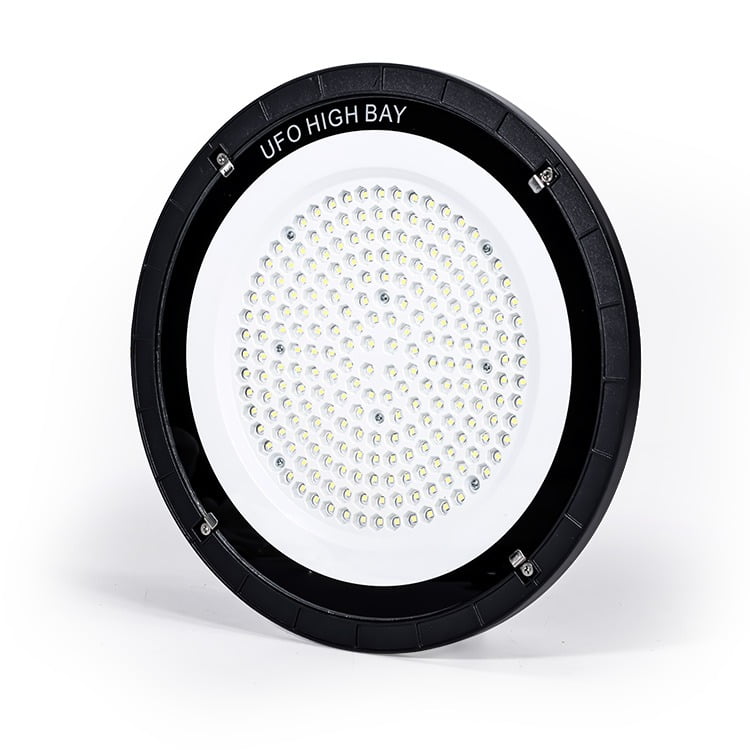
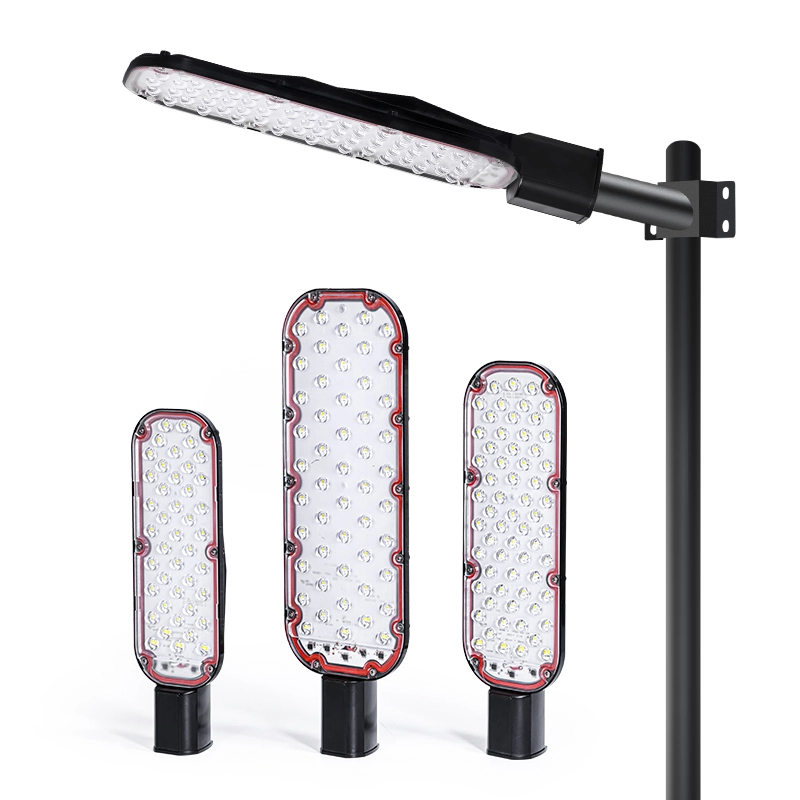

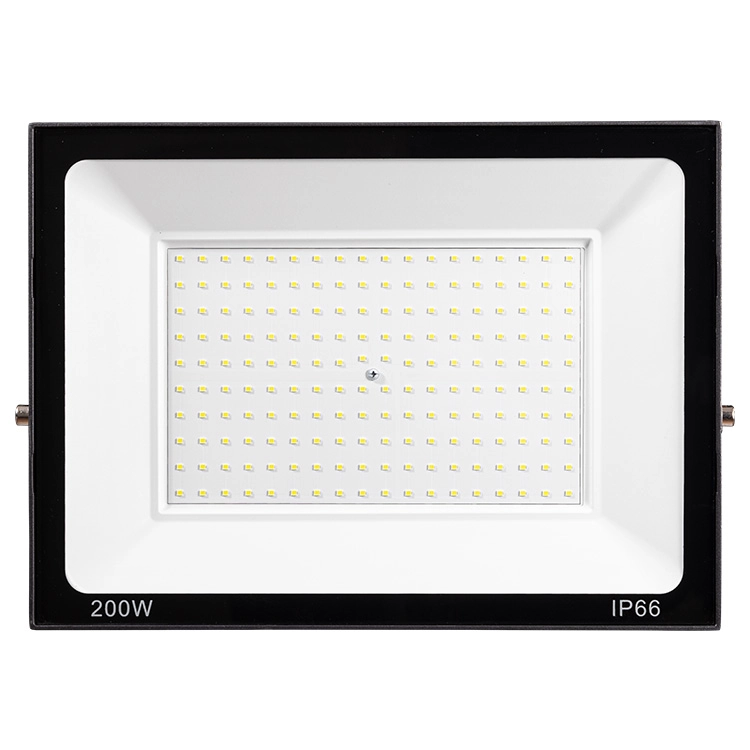
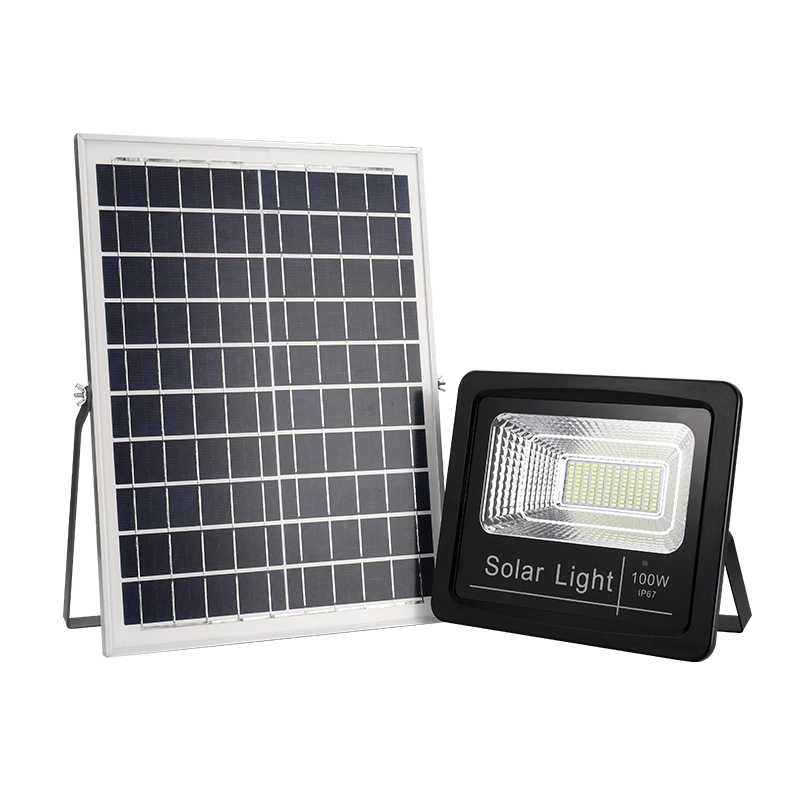

![led design ideas - 17 LED Design Ideas to Transform Your Home [February 2025] - Vorlane led design ideas - 17 LED Design Ideas to Transform Your Home [February 2025] - Vorlane](https://vorlane.com/wp-content/uploads/2025/01/led-design-ideas.webp)
![outdoor lighting ideas - 20 Brilliant Outdoor Lighting Ideas: Transform Yard [2025] - Vorlane outdoor lighting ideas - 20 Brilliant Outdoor Lighting Ideas: Transform Yard [2025] - Vorlane](https://vorlane.com/wp-content/uploads/2025/02/outdoor-lighting-ideas.jpg)
![disadvantages of led lights - Disadvantages of LED Lighting: Reveal Cost, Real Risk [2025] - Vorlane disadvantages of led lights - Disadvantages of LED Lighting: Reveal Cost, Real Risk [2025] - Vorlane](https://vorlane.com/wp-content/uploads/2025/01/disadvantages-of-led-lights.webp)
![Best LED Lights for Home - Best LED Lights for Home: Top Choices [2025] - Vorlane Best LED Lights for Home - Best LED Lights for Home: Top Choices [2025] - Vorlane](https://vorlane.com/wp-content/uploads/2025/01/Best-LED-Lights-for-Home.webp)
![beam angle calculator - Beam Angle Calculator – Simplify Lighting Calculations [2025] - Vorlane beam angle calculator - Beam Angle Calculator – Simplify Lighting Calculations [2025] - Vorlane](https://vorlane.com/wp-content/uploads/2025/01/beam-angle-calculator.webp)
![COB Light vs Panel Light - COB Light vs Panel Light: Understanding the Differences [2025 ] - Vorlane COB Light vs Panel Light - COB Light vs Panel Light: Understanding the Differences [2025 ] - Vorlane](https://vorlane.com/wp-content/uploads/2025/01/COB-Light-vs-Panel-Light.jpg)

